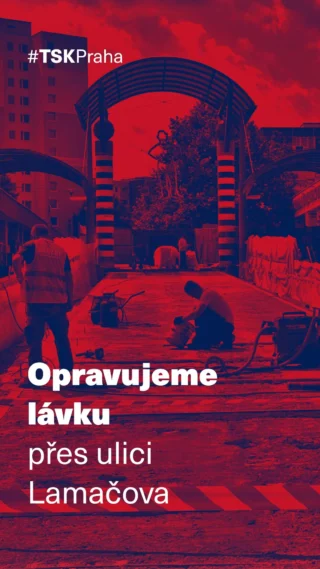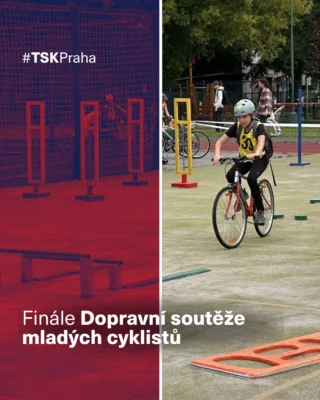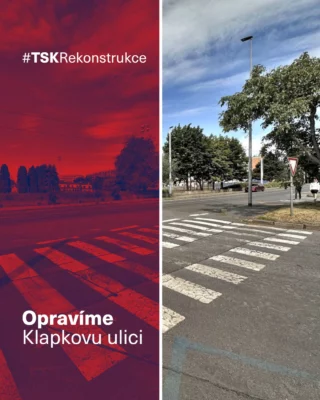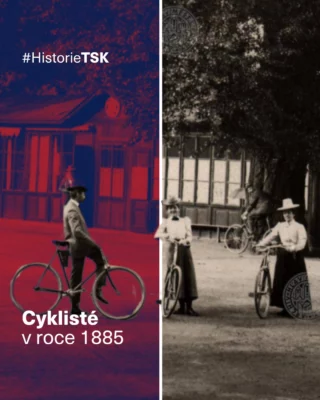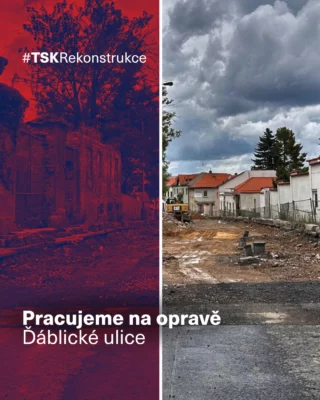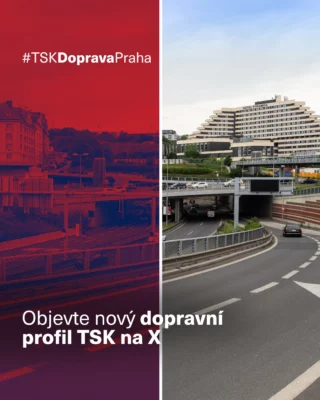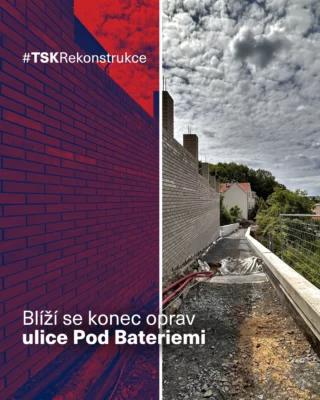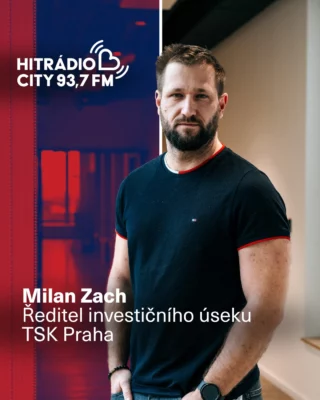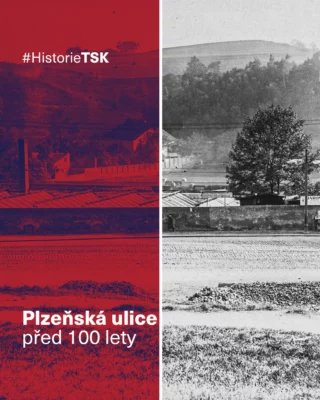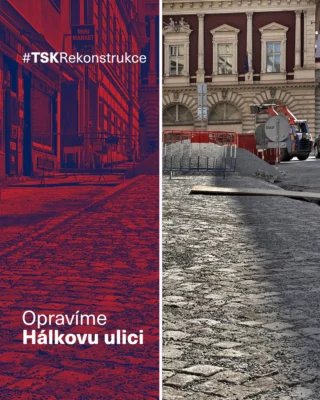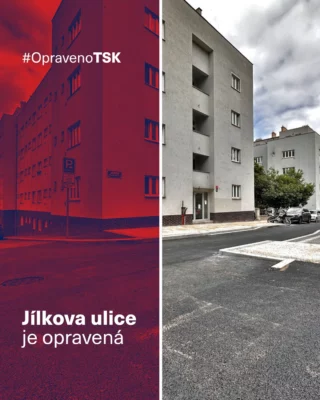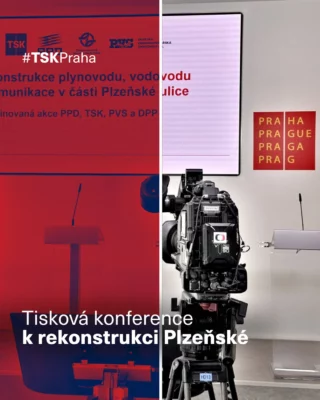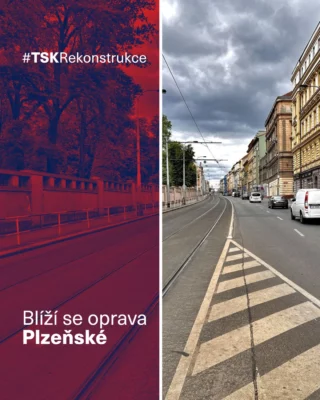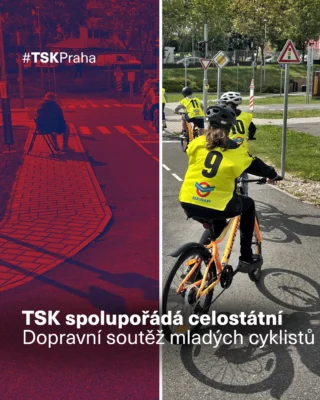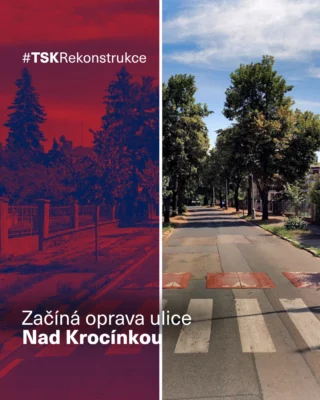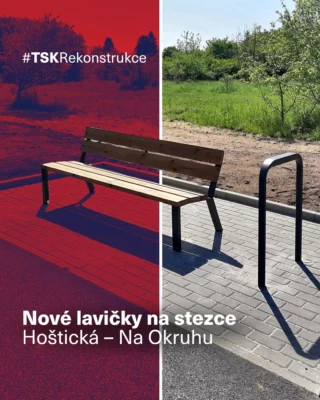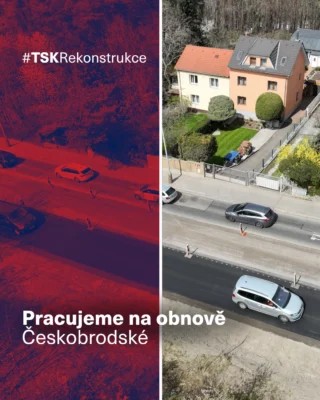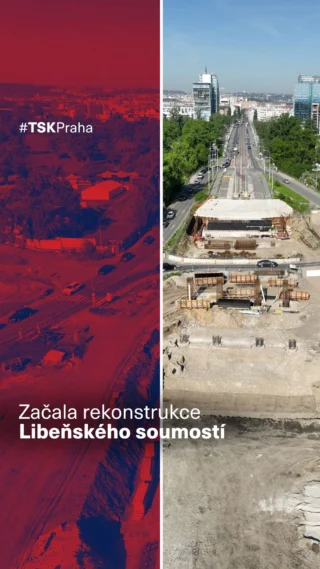Naše výroční zprávy
Výroční zpráva TSK za rok 2024 (právě pro vás připravujeme)
Výroční zpráva TSK za rok 2023
Ročenky dopravy – Praha
Ročenka dopravy – Praha za rok 2024 (právě pro vás připravujeme)
Ročenka dopravy – Praha za rok 2023
Ročenka dopravy – Praha za rok 2020 | Prague Transportation Yearbook 2020
Ročenka dopravy – Praha za rok 2019 | Prague Transportation Yearbook 2019
Ročenka dopravy – Praha za rok 2018 | Prague Transportation Yearbook 2018
Ročenka dopravy – Praha za rok 2017 | Prague Transportation Yearbook 2017
Ročenka dopravy – Praha za rok 2016 | Prague Transportation Yearbook 2016
Ročenka dopravy – Praha za rok 2015 | Prague Transportation Yearbook 2015
Ročenka dopravy – Praha za rok 2014 | Prague Transportation Yearbook 2014
Ročenka dopravy – Praha za rok 2013 | Prague Transportation Yearbook 2013
Ročenka dopravy – Praha za rok 2012 | Prague Transportation Yearbook 2012
Ročenka dopravy – Praha za rok 2011 | Prague Transportation Yearbook 2011
Ročenka dopravy – Praha za rok 2010 | Prague Transportation Yearbook 2010
Ročenka dopravy – Praha za rok 2009 | Prague Transportation Yearbook 2009
Ročenka dopravy – Praha za rok 2008 | Prague Transportation Yearbook 2008
Ročenka dopravy – Praha za rok 2007 | Prague Transportation Yearbook 2007
Ročenka dopravy – Praha za rok 2006 | Prague Transportation Yearbook 2006
Ročenka dopravy – Praha za rok 2005 | Prague Transportation Yearbook 2005
Ročenka dopravy – Praha za rok 2004 | Prague Transportation Yearbook 2004
Ročenka dopravy – Praha za rok 2003 | Prague Transportation Yearbook 2003
Ročenka dopravy – Praha za rok 2002 | Prague Transportation Yearbook 2002
Ročenka dopravy – Praha za rok 2001 | Prague Transportation Yearbook 2001
Ročenka dopravy – Praha za rok 2000 | Prague Transportation Yearbook 2000
Ročenka dopravy – Praha za rok 1999 | Prague Transportation Yearbook 1999
Ročenka dopravy – Praha za rok 1998 | Prague Transportation Yearbook 1998
Ročenka dopravy – Praha za rok 1997
Ročenka dopravy – Praha za rok 1996
Ročenka dopravy – Praha za rok 1995
Ročenka dopravy – Praha za rok 1994
Ročenka dopravy – Praha za rok 1993
Ročenka dopravy – Praha za rok 1992
Ročenka dopravy – Praha za rok 1990
Ročenky dopravy velkých měst
Ročenka dopravy velkých měst za rok 2025 (právě pro vás připravujeme)
Naše ročenky staveb
Ročenka staveb TSK za rok 2024 (právě pro vás připravujeme)


